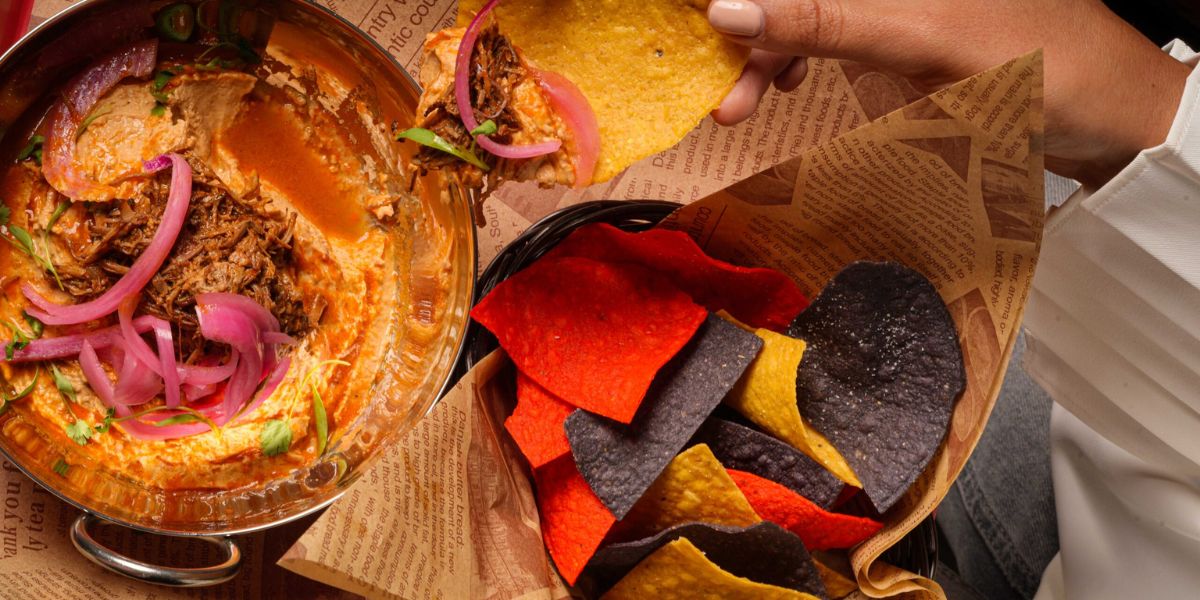Across Asia’s bustling food scenes, from Hong Kong’s dai pai dongs to Singapore’s hawker centres, something new and distinctly aromatic is simmering — community-run kosher kitchens that are transforming the way Jewish cuisine is shared, enjoyed, and understood. These spaces are not just about serving food; they’re about connection, education, and cross-cultural dialogue.
The Rise of Kosher Kitchens Across Asia
Kosher food, once limited to private homes or synagogue gatherings, is now finding its way into public spaces in cities such as Bangkok, Tokyo, Shanghai, and Hong Kong. In recent years, local Jewish communities and Chabad centres have begun opening pop-up kitchens, food stalls, and small catering projects that make kosher dishes accessible to both Jews and non-Jews alike.
Part of the appeal lies in the growing fascination with global food traditions. Many Asian diners are curious about what defines kosher, while Jewish residents and travellers seek comfort food that reflects their heritage. Community kitchens have become the bridge — offering traditional recipes like challah, matzah ball soup, and brisket alongside Asian-inspired variations featuring local spices and produce.
Table of Contents
A Cultural Exchange Through Food
What makes these kosher kitchens special is their ability to create mutual understanding. In Hong Kong’s Soho district, one community kitchen recently collaborated with local chefs to host “Kosher Meets Cantonese,” a pop-up series blending Jewish recipes with classic dim sum techniques. The result? Char siu-style brisket bao and sweet potato kugel dumplings that delighted both locals and expats.
“Food is our universal language,” says community chef Miriam Grossman, who helped organise the event. “When we explain kosher laws — separating meat and dairy, or the process of supervision — people realise it’s about mindfulness, not restriction. That shared curiosity brings people closer.”
Beyond cultural discovery, these collaborations promote sustainable cooking practices, with many community kitchens sourcing from local farmers and using plant-based alternatives to maintain kosher standards while reducing environmental impact.
Empowering Communities and Preserving Identity
For Jewish families scattered across Asia, community kitchens serve as anchors of identity. They provide not only meals but also a sense of belonging. Volunteers prepare food for Sabbath dinners, festivals, and charity drives, ensuring that everyone — from business travellers to local converts — can access kosher food with dignity.
In Singapore, the Jewish Welfare Board’s kitchen distributes hundreds of meals each month, including to elderly residents who may not be able to cook for themselves. In India, the Bene Israel community in Mumbai operates a Shabbat kitchen that supports both communal gatherings and interfaith outreach events. These efforts reaffirm Jewish presence in regions where maintaining dietary laws can otherwise feel isolating.
The Business and Tourism Impact
The spread of kosher kitchens has also created an unexpected economic ripple. According to hospitality analyst Daniel Levy, kosher-friendly hotels and restaurants in Asia have seen increased bookings from Israeli and American tourists seeking certified dining options. Cities like Bangkok, Tokyo, and Manila are now featuring in travel guides as emerging kosher destinations.
Moreover, community kitchens have partnered with small businesses — from local bakers to spice suppliers — introducing them to global kosher certification processes. This knowledge exchange benefits both sides: Jewish communities gain access to quality local ingredients, while regional producers expand their export potential to kosher markets abroad.
Challenges in a Multicultural Landscape
Despite the success stories, operating a kosher kitchen in Asia isn’t without obstacles. Certification remains expensive and complex, particularly in countries without established rabbinical authorities. Ingredients like kosher meat or wine often require import permits, making costs higher than typical street food operations.
To counter this, several communities have embraced a “community-supervised” model, where trained volunteers oversee food preparation to maintain religious standards without formal certification costs. This grassroots approach keeps kosher food accessible while preserving trust and authenticity.
Looking Ahead: The Future of Kosher on Asian Streets
As Asia continues to globalise its food culture, community kosher kitchens are expected to grow in number and visibility. Their appeal goes beyond religion — offering lessons in sustainability, health, and inclusivity. By emphasising shared values like care in sourcing and respect for tradition, they resonate with broader Asian philosophies about balance and mindfulness.
“When someone from a different faith tastes challah for the first time and smiles,” says Miriam, “that moment becomes a kind of prayer — a connection we didn’t even know we were missing.”
Conclusion
From street stalls in Bangkok to community kitchens in Hong Kong, kosher cuisine is carving a delicious niche across Asia’s diverse food scene. These initiatives are redefining what it means to eat, share, and belong — proving that heritage and hospitality can thrive side by side.
What do you think about the growing kosher movement in Asia? Share your thoughts in the comments below or explore more stories on jewishtimesasia.org.











